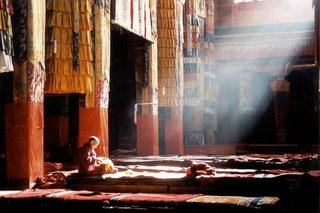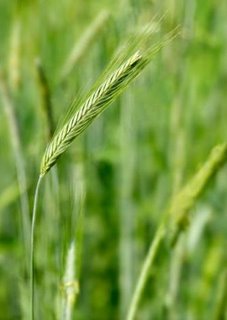Article from DailyOm
Since the dawn of spirituality, men and women have sought communion with numerous gods, goddesses, and traditions by leaving the everyday world behind and embarking on a sacred journey.
Thus talk of the spirit and of the soul is full of references to travel: leaving yourself behind, walking the walk, and journeys of the soul. Making a pilgrimage is a deeply tangible way of connecting with your spirituality and discovering truths within yourself. The destination isn't as important as devotion and receptiveness, because it is while traveling (by foot, horse, canoe, or car) that you can meditate most deeply on your motivations for undertaking the pilgrimage.The experience is nearly always a quiet one, devoid of television, ringing phones, e-mail, or jostling crowds because a true pilgrimage takes you away from familiar surroundings in order to help you find divinity, healing, clarity, inspiration, or a new perspective.`
Pilgrimage to a sacred site of any kind puts the traveler in situations where they must think and behave differently. A sacred journey can take one to far flung places such as Mecca, Kyoto, Europe, Guadalupe, or Cambodia, or camping in hushed forests, sailing through rough waters, or climbing mountains in one's home country.Your yearly vacation can become a pilgrimage, if that is your intent and you are willing to voluntarily give up some of the security of your normal life to experience a new and vibrant setting in a spiritual way.
Choose one or more special places and spend a few days getting to know them intimately.Pack lightly, leaving the trappings of your world behind, and let go. Visit areas where people of importance to you, be they family members, heroes, or otherwise, lived, spoke, walked, and died. A trip to the grave of a favorite author can be a pilgrimage as much as a trip to a religious shrine.Pilgrimages were considered vital to spiritual growth during much of history and, today, people are once again seeking that growth through travel. But, on such a journey, it is important to remember that most pilgrimages bring about gradual change.
The stirring of the soul can happen anywhere. And it can solidify a spiritual experience, end doubt, and help you gain confidence in your chosen path.A new outlook may very well emerge from it.

